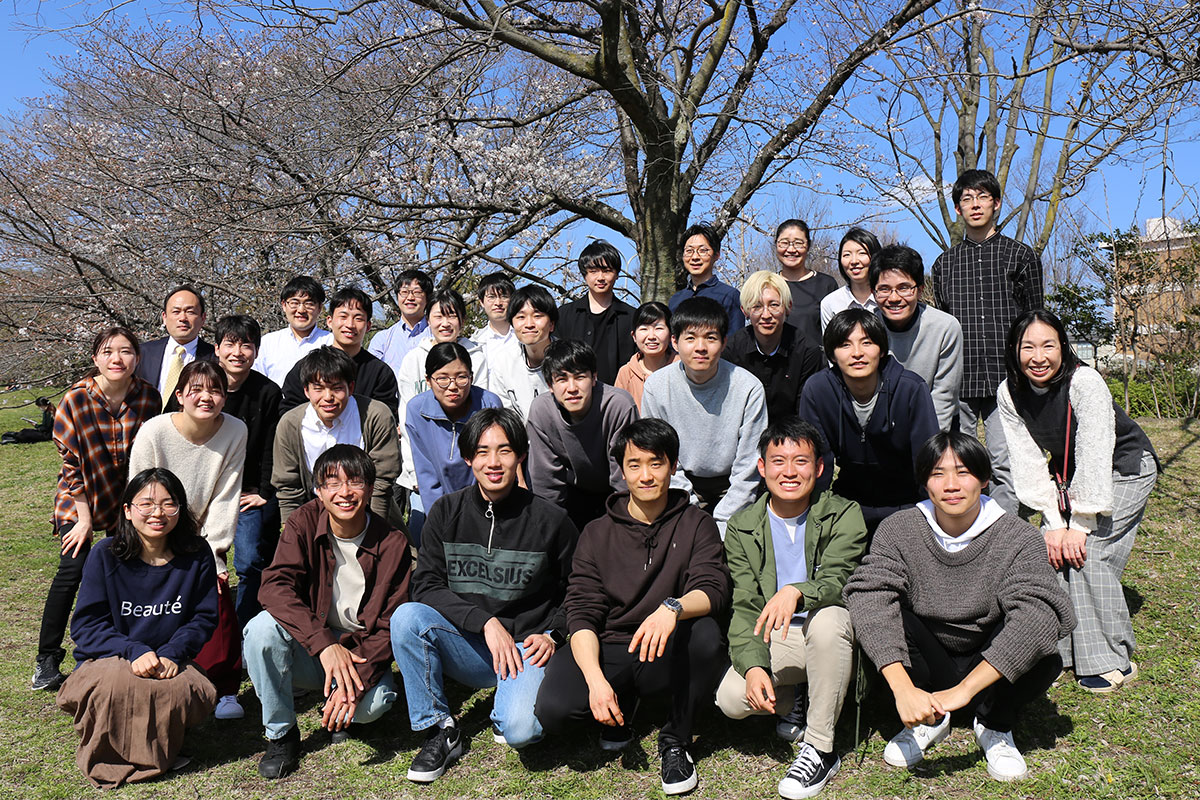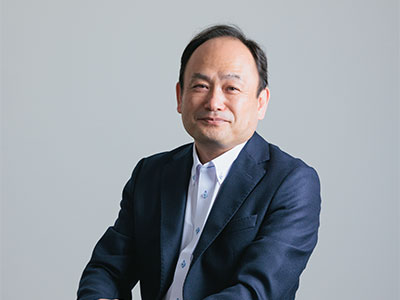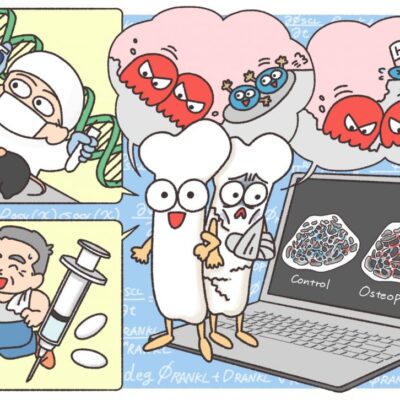
RESEARCH
Exploring mechanical adaptation of the structure and function of living systems
The Laboratory of Biomechanics aims to clarify the self-organized regulatory mechanisms of diverse biological phenomena through interdisciplinary approaches encompassing mechanics, life science, and medical science. Our research topics cover developmental processes (cell differentiation, morphogenesis, and growth) as well as tissue/organ remodeling and regeneration which underlie functional adaptation to the environment. A major focus of our research is to understand how well-organized dynamics of living systems emerges from complex molecular and cellular interactions. To this end, we are integrating biomechanics and mechanobiology approaches to highlight the roles of “adaptation to mechanical environment” and “hierarchy of structure and function” in the living organisms using mathematical modeling, simulation and experiments.
Biomechanics of bone functional adaptation
Bone can remodel its outer shape and inner structure to adapt to mechanical environments. This study aims to clarify the mechanism of bone functional adaptation achieved through cooperative metabolic activities of bone cells in response to the mechanical stimuli and damage state.

Multiscale biomechanics of morphogenesis
From a mechanical perspective, our research aims to understand how tissue/organ morphogenesis emerge from cellular and molecular complex interactions through integrated approaches combining biological experiments, mathematical modeling, computational simulations, and engineered nano/micro-systems.





